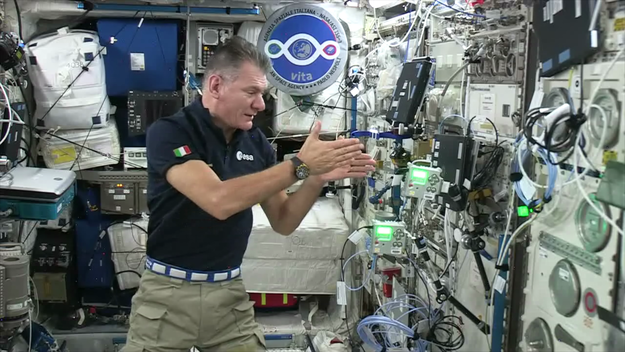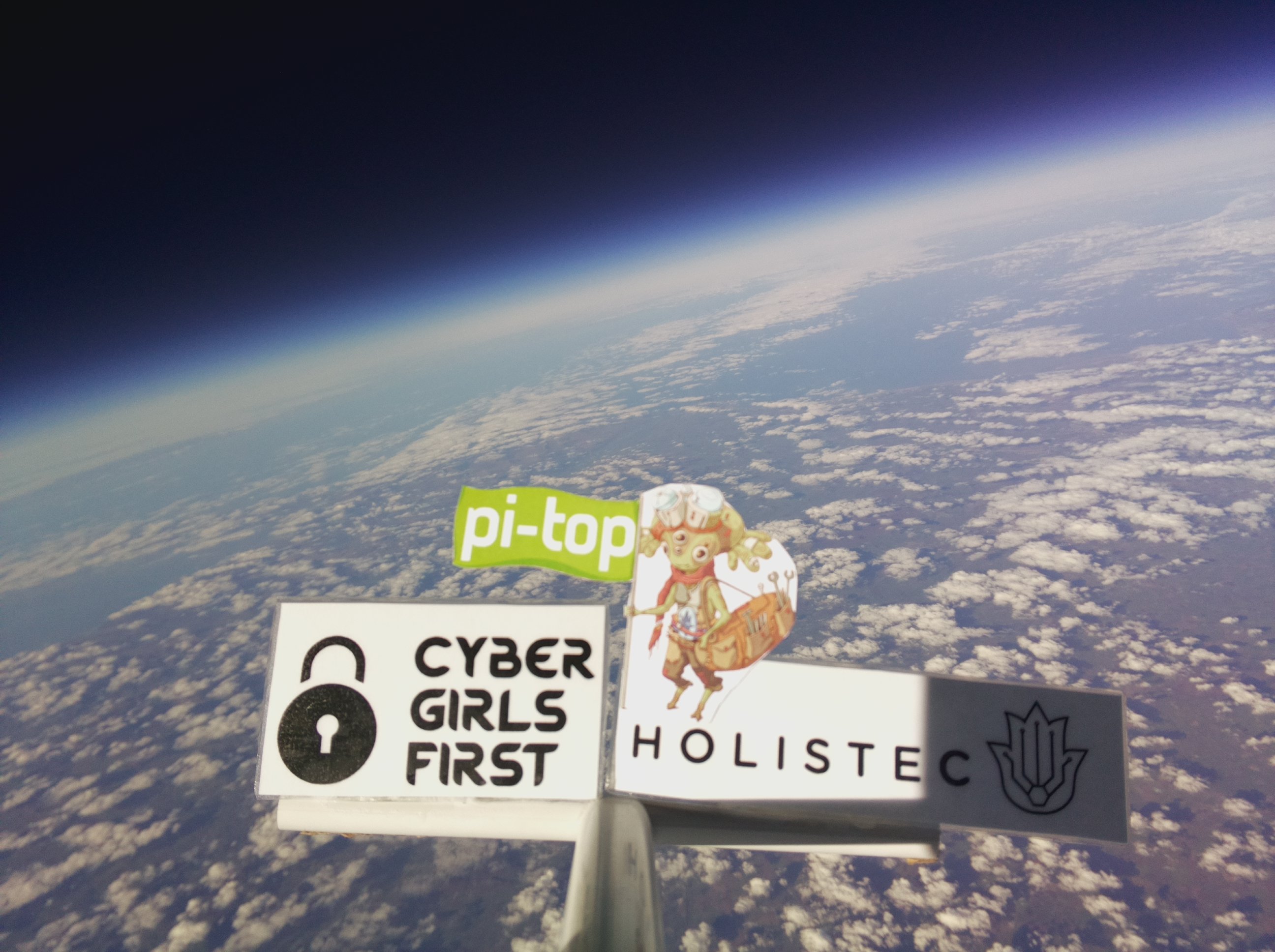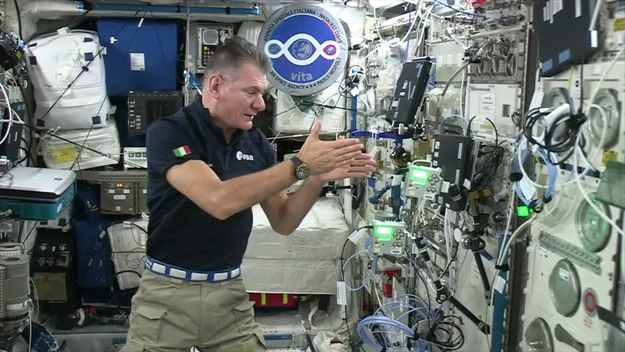A few decades ago, students conducting space-based science projects sounded like something from the realms of science fiction. But with the falling cost, not to mention size, of hardware, it's now much more possible.
Here then, are some of our favourite space-based projects powered by the Raspberry Pi, because there's never been a better time to be a space lover.
Conduct scientific investigations in space
 Astronaut Paolo Nespoli with the Astro Pi computers aboard the International Space Station. Image Credit: ESA (European Space Agency)
Astronaut Paolo Nespoli with the Astro Pi computers aboard the International Space Station. Image Credit: ESA (European Space Agency)
Back in 2015, two space-hardened Raspberry Pi computers, called Astro Pis, equipped with environmental sensors (a Sense HAT) were sent to the International Space Station.
As a result of this joint experiment by the Raspberry Pi Foundation and ESA Education, the European Astro Pi Challenge was born. The program offers young people the opportunity to conduct scientific investigations in space, by writing computer programs that run on the Raspberry Pi computers aboard the ISS.
If this is something that you would like to do then you're in luck! Last month, ESA Education and Raspberry Pi Foundation introduced the 2018/2019 challenge and the deadline to submit your idea via the Astro Pi website is 29 October 2018 – so you'd better hurry!
Launch rockets
https://www.instagram.com/p/BkeB16sl9pf/?utm_source=ig_web_button_share_sheet
If you'd rather launch your own rockets rather than rely on Nasa, you could copy our friends from Holistec and Samantha Graham (European Astrotech partners of ESA). They got hands-on and launched a rocket with a pi-top powering the launch mechanism.
pi-top's Electro-Mechanical Engineer Alan Muhunthan, who worked on the project with Holistec, told us "the rocket was a solid fuel rocket motor than would ignite after the fuse had reached the nozzle of the engine block. The rocket was designed to balance the centre of gravity with the centre of pressure."
"Once these two forces are balanced, thrust is the only other major factor to work on. We used 4 x KILMA B size engines to test the rocket's parachute, then we moved onto 4 x KILMA D size engines to really put the rocket through its paces!"
The pi-top coded the launch countdown using a buzzer, after which a relay switch would trigger 2 x 9V batteries to light the ignition filament with would then light the rocket’s solid-fuel engines.
The code, written in Python, was pretty simple and according to Alan, can be taught within half an hour to most students over the age of 12 with some adult supervision.
There's more on cool coding projects to launch rockets here, or why not visit a rocket club in your area to find out more?
High-altitude ballooning

High-altitude ballooning (HAB) is a multi-skilled hobby which allows you to explore the edge of space. To do so, a payload (often an insulated box containing some tracking equipment such as a GPS and a radio, and often sensors and/or cameras) is attached to a balloon which is filled with helium and then released. A basic flight can cost less than £200/$260, making this hobby perfect for students, as it lets you view the Earth from as high as 30km/18miles up.
When talking about HAB, it's impossible not mention Dave Ackerman, a self-employed PC and embedded systems programmer, and avid high-altitude balloonist. Dave's love for launching weather balloons (the most common type of high-altitude balloons) into space has led him to help schools develop their own in-house space programs.
https://twitter.com/daveake/status/896766979322892288
Have you made any space-themed projects? Let us know in the comments below or share your creations with us by tagging @getpitop.
